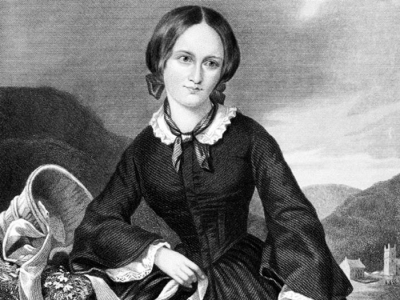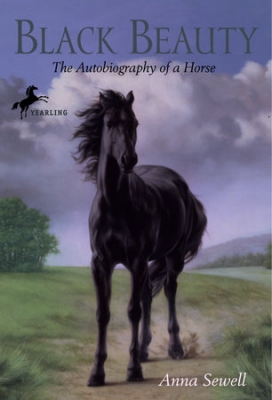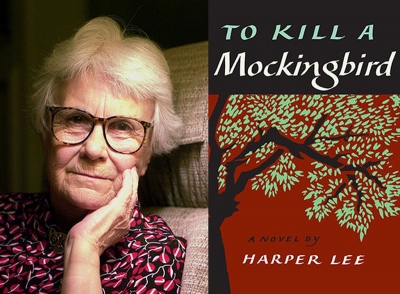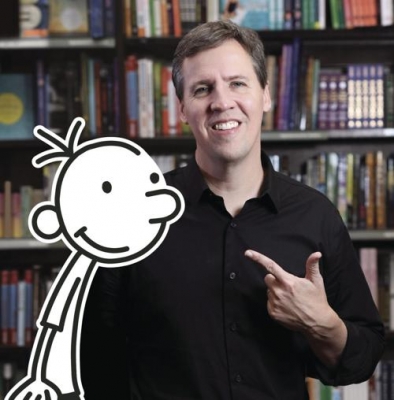Which English novelist and poet is best known for her only novel “Wuthering Heights”?

Emily Brontë, in full Emily Jane Brontë, pseudonym Ellis Bell, English novelist and poet who produced but one novel, Wuthering Heights (1847), a highly imaginative work of passion and hate set on the Yorkshire moors. Emily was perhaps the greatest of the three Brontë sisters, but the record of her life is extremely meagre, for she was silent and reserved and left no correspondence of interest, and her single novel darkens rather than solves the mystery of her spiritual existence.
Some of Emily's earliest known works involve a fictional world called Gondal, which she created with her sister Anne. She wrote both prose and poems about this imaginary place and its inhabitants. Emily also wrote other poems as well. Her sister Charlotte discovered some of Emily's poems and sought to publish them along with her own work and some by Anne. The three sisters used male pen names for their collection—Poems by Currer, Ellis, and Acton Bell. Published in 1846, the book only sold a few copies and garnered little attention.
Again publishing as Ellis Bell, Brontë published her defining work, Wuthering Heights, in December 1847. The complex novel explores two families—the Earnshaws and the Lintons—across two generations and their stately homes, Wuthering Heights and Thrushcross Grange. Heathcliff, an orphan taken in by the Earnshaws, is the driving force between the action in the book. He first motivated by his love for his Catherine Earnshaw, then by his desire for revenge against her for what he believed to be rejection.
Picture Credit : Google




